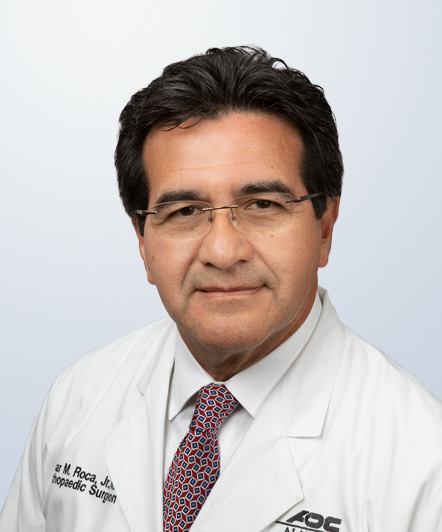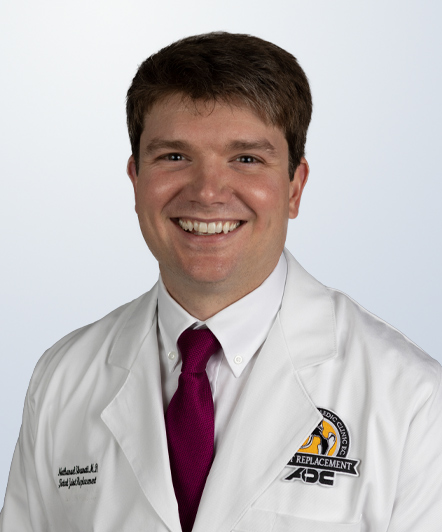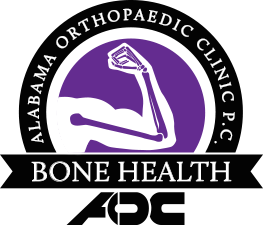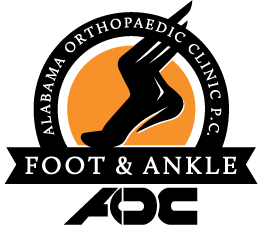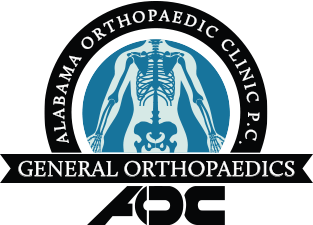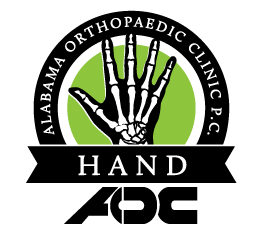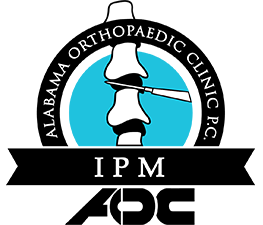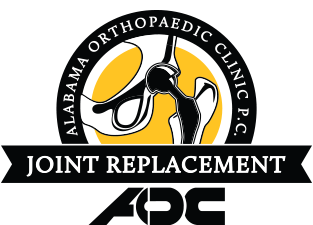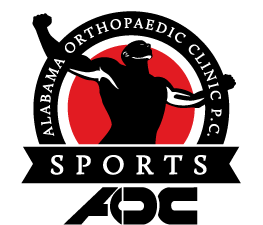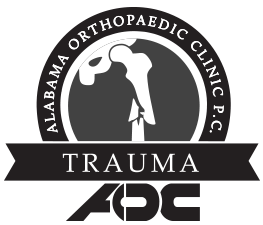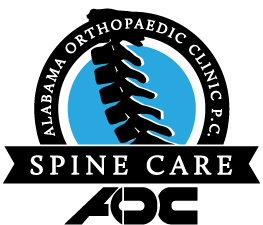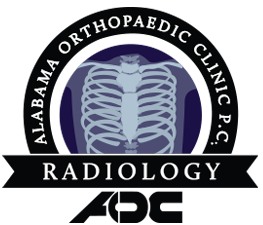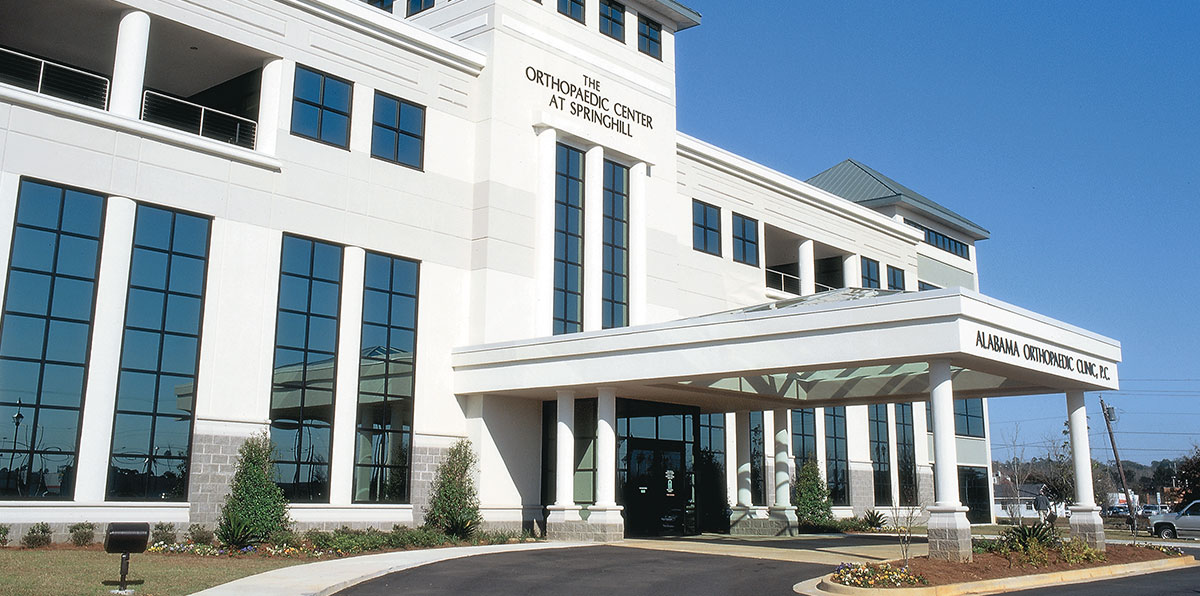News & Events
Forearm Fractures
Forearm fractures are the most common long bone fracture in children. They usually result from a simple fall onto an outstretched hand while running or playing sports. When this injury occurs, it is arguably more traumatic to the parents than it is to the injured child! Here are some basic first aid techniques and things to expect to help parents be prepared in case the unexpected happens.
When your child takes a fall, first look for signs of head trauma, such as a cut, a loss of consciousness, or nausea and vomiting. With regard to forearm fractures, look for obvious deformity. If detected, gentle straightening of the deformity by pulling on the fingers may be helpful in reducing pain and damage to the nerves and vessels. If there is any resistance, do not forcibly try to straighten the arm. At this time, also take note of any lacerations so you can point them out to the doctor.
Next, try to calm your child and reassure him or her that it will hurt less if they can relax. Then, find something to immobilize the arm. There are many effective ways to do this. Taping the arm to a clip board works well. In the woods, using multiple sticks wrapped with strips of a T-shirt can work. On the athletic field, the EMT or coaching staff will have arm boards or other prefabricated splints that can be wrapped with an ACE bandage before transport. If nothing else, a makeshift sling made from a towel or from pinning the child’s T-shirt over the arm can provide some support.
In addition to the makeshift splint, applying bags of ice will help control pain and swelling. The child should not be allowed to eat or drink until a physician tells you otherwise. If any anesthesia is required, there are increased risks if the child has taken anything by mouth in the last eight hours.
Upon arrival to the emergency room, the ER doctor will check for good circulation and nerve function. The doctor will also check to see if there are any cuts, which could indicate an open or “compound” fracture. X-rays will then be taken, and a splint will be applied. At this point, the ER doctor will decide whether the injury can be effectively splinted and referred to an orthopedist’s office for follow-up or whether an immediate consultation with the orthopedist is required. Examples of when the orthopedist will be called urgently are gross deformity, open (compound) fractures, circulation or nerve problems. You may request your own doctor or accept the orthopedist who is on call in the ER that day.
Unlike adults, forearm fractures in children can often be effectively treated nonoperatively with a long arm (above the elbow) cast. Healing time varies from six to 12 weeks, depending on age and the type of fracture. In some cases, surgery is required, which can involve pins, intramedullary rods, or plates and screws.
The good news is that if you as the parent can survive the anxiety surrounding your child’s injury, the prognosis is good in almost all cases. Your orthopedist will be on the lookout for things such as growth plate disturbances and late displacement, so good follow-up is paramount.
- < Back
- |











